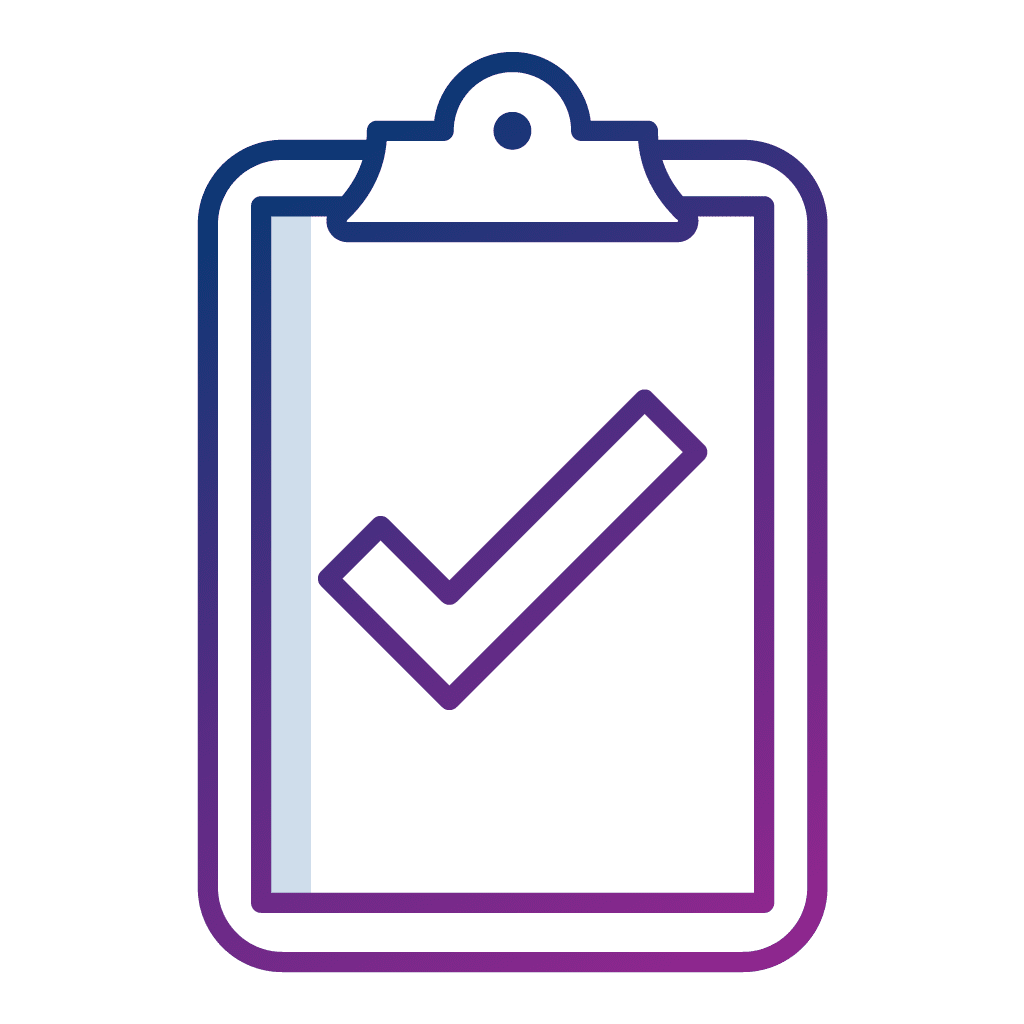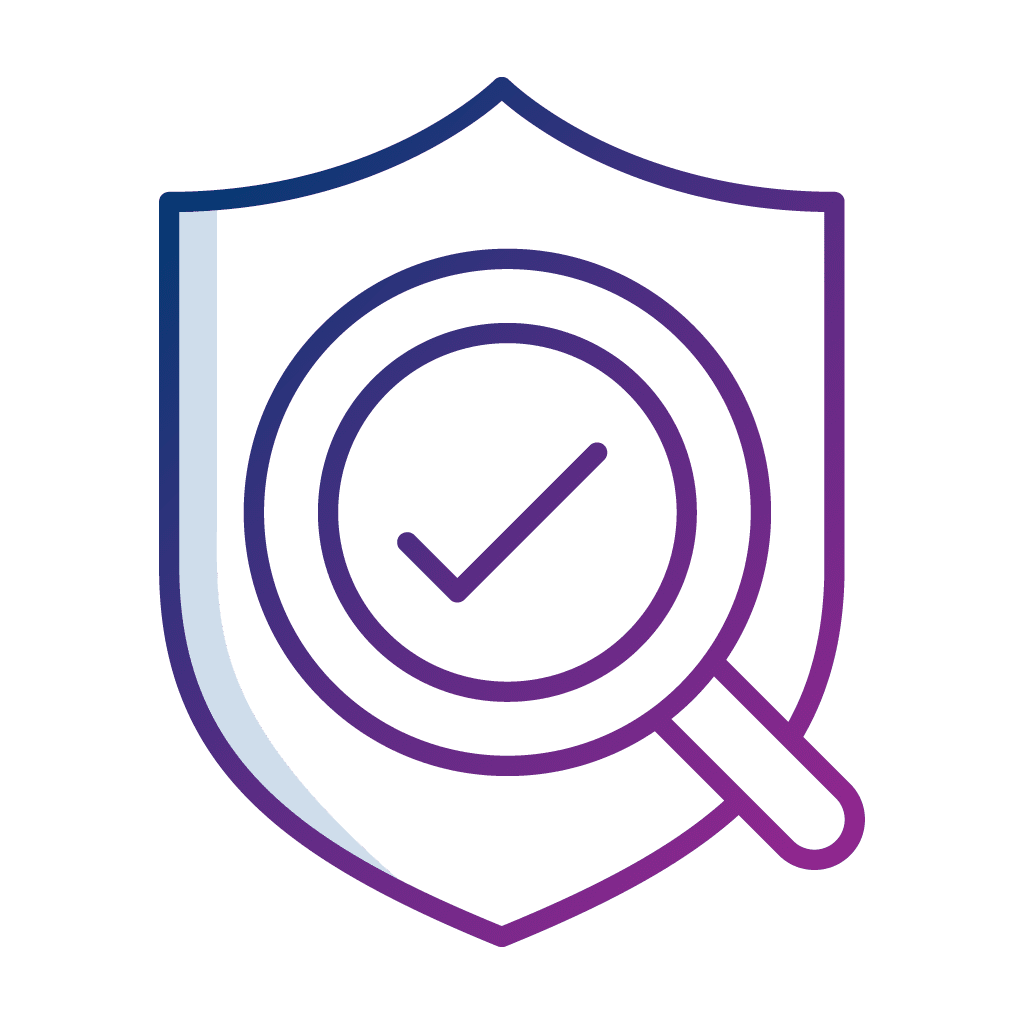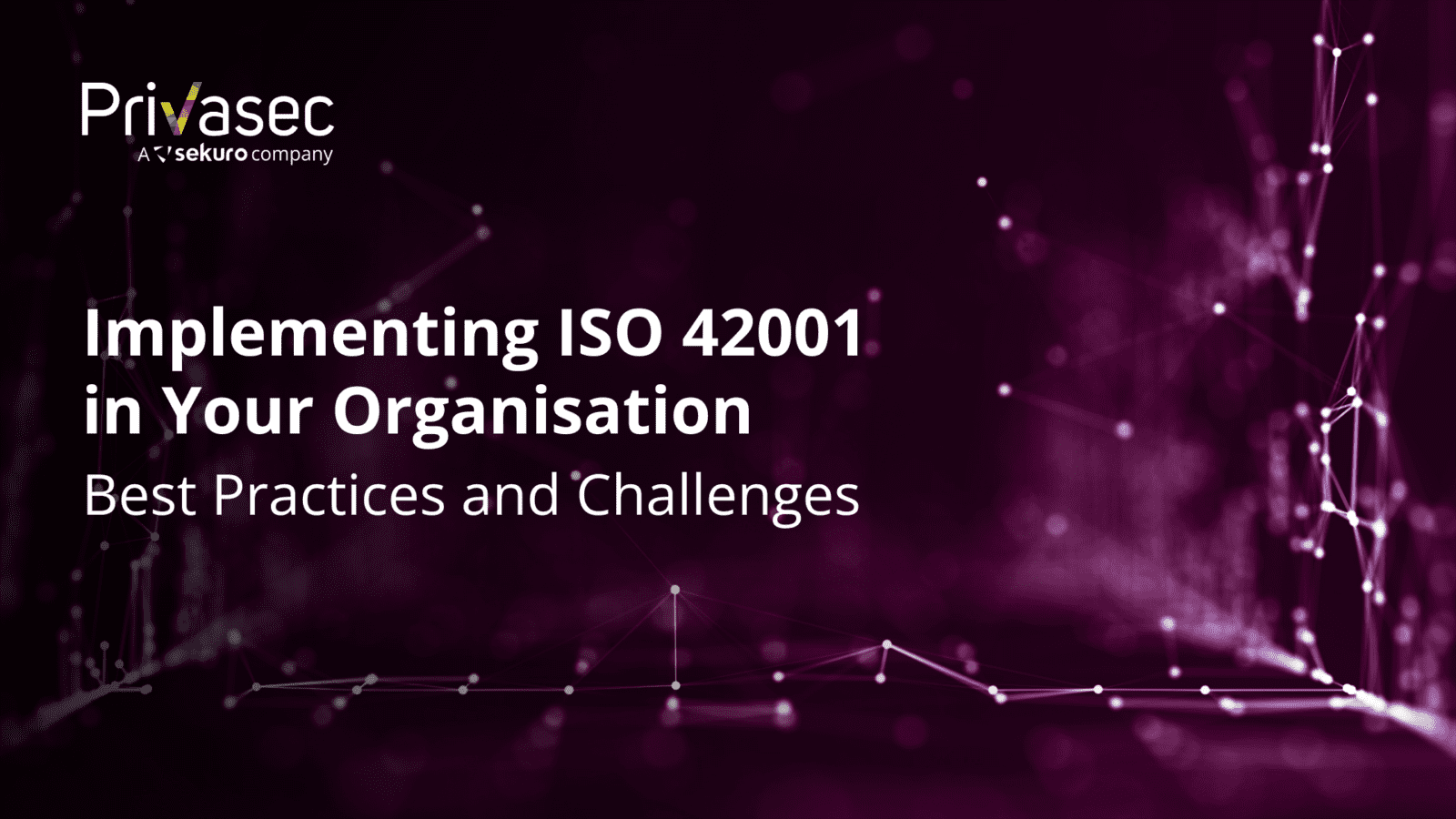As Artificial Intelligence (AI) continues to reshape industries worldwide, effective and responsible AI management has become more important than ever among the organisations.
ISO 42001, the international standard for AI management, provides a comprehensive guideline that allows organisations to manage AI systems and their risks in a manner that ensures transparency, accountability, and integrity. If you think this standard is not important, you might need to think twice. From a business perspective, while implementing the ISO 42001 standard can help to ensure compliance with regulations and improve AI governance and risk management, it also helps to build trust among stakeholders and improve the organisation’s reputation.
Check out our previous blog post to learn more about ISO 42001 and what it means for your business.
After you learn about ISO 42001 and its implications, it’s time to implement it within your organisation.
Implementing ISO 42001: A Step-by-Step Guide
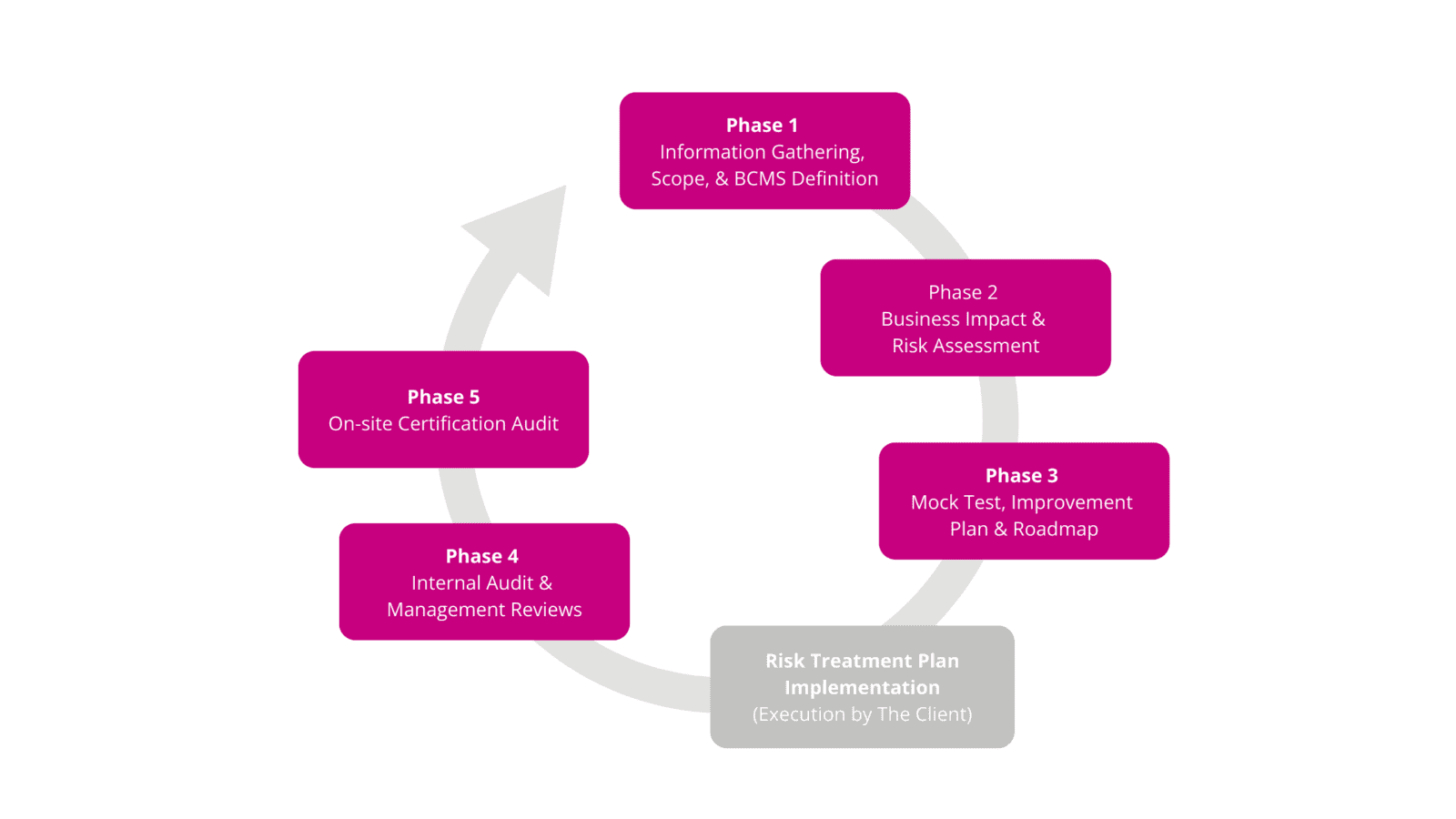
- Information Gathering, Scope, and BCMS Definition
The first phase involves gathering essential information about the organisation’s existing AI management practices, data handling, and cybersecurity infrastructure. This phase also involves defining the Business Continuity Management System (BCMS) by aligning the organisation’s AI operations with best practices for AI governance, compliance, and risk management. - Business Impact & Risk Assessment
After gathering the relevant information, a thorough Business Impact Analysis (BIA) and risk assessment will be carried out to evaluate the impacts of the AI systems on business operations and identify potential hazards. This helps to map out AI-related vulnerabilities, cybersecurity threats, and compliance gaps. - Mock Test and Improvement Plan & Roadmap
A mock audit will be conducted to simulate how the organisation’s AI management system would perform during the actual ISO 42001 certification audit. This process helps in identifying weaknesses, gaps, or areas for improvement in the current AI and cybersecurity frameworks. A comprehensive improvement plan and roadmap that outlines specific corrective steps will then be crafted to ensure all corrective actions are taken prior to the formal audit. - Internal Audit & Management Reviews
Before proceeding to the actual audit by the accredited personnel, an internal audit will be conducted to verify the readiness of the organisation for the certification. Feedback from the audits and management reviews will be used to correct all non-conformities and fine-tune the system. - On-site Certification Audit
The final phase involves the on-site certification audit, where an accredited certification body visits the premises to conduct a formal audit of their AI management system. A certification will be granted to the organisation when the audit is passed, indicating that their AI systems are managed in accordance with international best practices for AI governance and cybersecurity.
Need help with implementation? Contact us and drop a message ‘ISO 42001’ today for expert guidance on making ISO 42001 work for your organisation!
While knowing how the certification process works is crucial, adopting proven best practices is essential to ensuring a smooth and effective implementation of ISO 42001.
Best Practices for Implementing ISO 42001
- Involve Stakeholders from the Beginning
Involving key stakeholders from across the organisation at the early stage of the process allows diverse perspectives on the implementation of the standard and fosters a collaborative approach to governance. - Top Management Support and Commitment
Implementation should begin from the top, just like in any other area. Approval from senior management is of great essence towards resource allocation, organisational commitment, and setting the right tone of AI governance. - Training and Awareness Programs for Employees
Educating employees through awareness training sessions about ISO/IEC 42001 and its implications helps foster a culture of responsible AI use. - Regular Monitoring and Auditing
Regular audits by implementing a robust monitoring system can help identify potential issues and maintain alignment with ISO standards. - Leverage Technology and Tools for Implementation
Utilise available AI management tools and technologies to streamline the implementation process and simplify monitoring, data governance, and compliance reporting.
Common Challenges and How to Overcome Them
- Resistance to Change
Introducing new standards to the organisation may sometimes be challenging. Engage teams early, explain the benefits of ISO/IEC 42001, and then create a clear transition plan. - Resource Constraints
Onboarding a new standard may require hefty resources. Prioritise critical areas first and expand the scope when resources become available. - Complexity of AI Systems
AI systems can be complex and difficult to fully understand their processes and risks. Adopt interpretable AI tools and techniques to improve transparency and simplify compliance efforts. - Ensuring Continuous Compliance
Compliance isn’t a one-time task; it requires ongoing effort. Establish continuous monitoring practices to track AI performance and quickly respond to any compliance gaps. - Balancing Innovation and Compliance
While ensuring compliance is essential, it doesn’t necessitate stifling innovation. Adopt adaptable AI governance frameworks that foster experimentation and growth while upholding ethical standards.
Encountering challenges? Contact us and let our expert team help you overcome these hurdles and maintain compliance while driving innovation.
Conclusion
Implementing ISO 42001 is a critical step in ensuring that your AI systems are ethical, transparent, and compliant with global standards. Understand the basics that define it, implications, and best practices to make sure your AI systems align with the value and goals of your organisation.
Alternatively, save your time from all these worries and channel your concentration to more important business strategies. Let us walk you through the complexities in the implementation of ISO 42001 and help your AI systems rest on the backbone of strong ethics.

